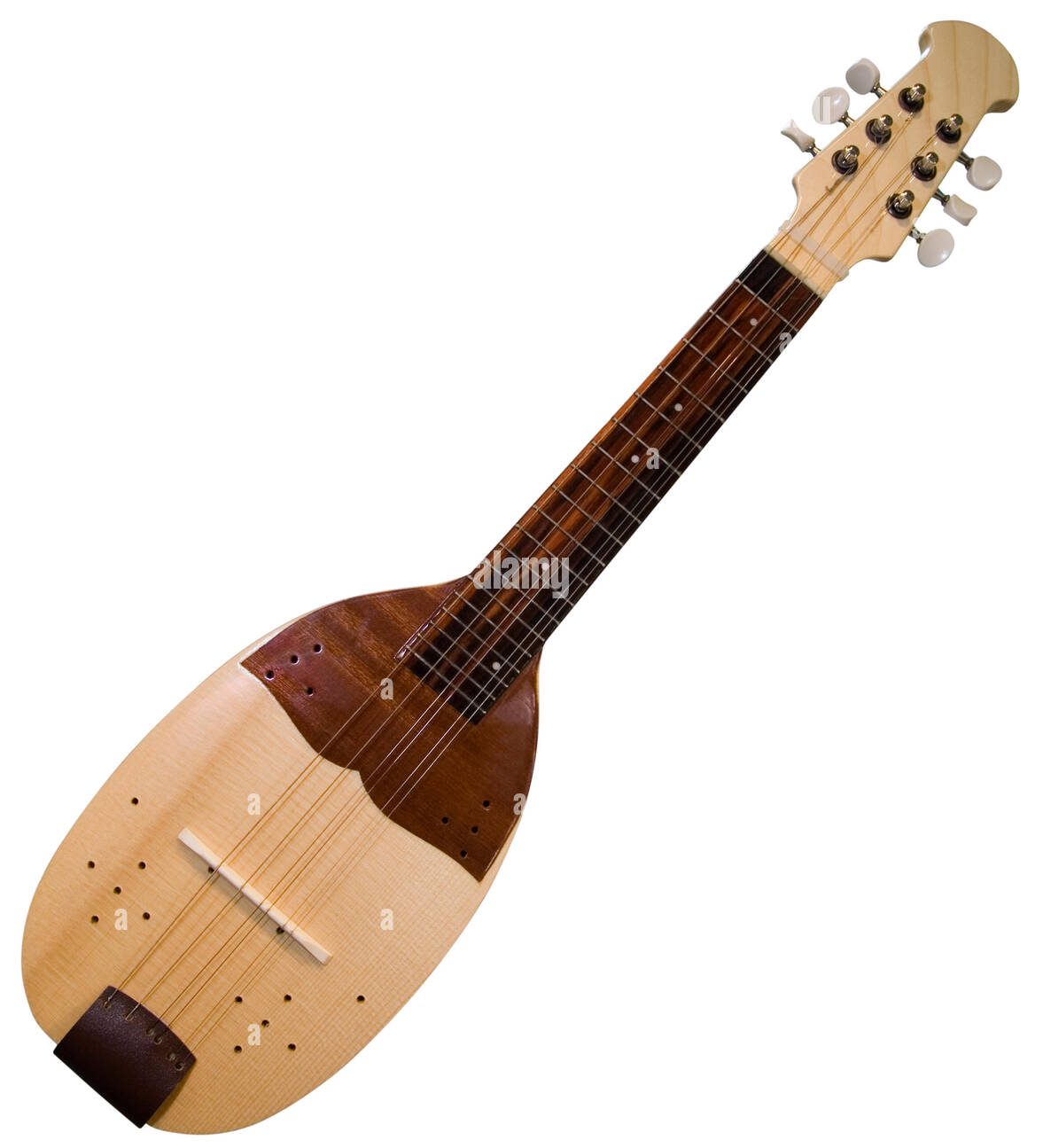Gunjac
Bowed Instruments
Europe
Between 1001 and 1900 AD
The Gunjac is a fascinating traditional musical instrument from Croatia, deeply rooted in the country’s rich folk music heritage. Known for its distinct rhythmic role, the Gunjac is a key part of traditional Croatian musical ensembles, particularly in rural areas. While not as widely recognized as some string or wind instruments, the Gunjac holds a special place in the cultural identity of Croatia.
Origins and History of the Gunjac
The gunjac is a traditional musical instrument from Croatia, located in Europe. It is a folk instrument, typically associated with the Balkan region’s traditional music and Croatian rural heritage. Instruments like the gunjac are often integral to the traditional music of specific regions in Croatia, such as Dalmatia, Slavonia, or the Istrian Peninsula.
The Gunjac’s history dates back to at least the 18th century, though its roots may go further, evolving alongside the folk music traditions of rural Croatia. It is primarily associated with the Dinaric Alps region, where music has long been an integral part of daily life, serving both celebratory and practical purposes.Croatia’s folk music is characterized by its diversity, with each region boasting unique instruments and styles. The Gunjac is a percussive instrument, often used to accompany traditional dances such as the kolo, a communal circle dance that is a hallmark of Croatian culture. Its primary role is to provide rhythm and enhance the lively, energetic atmosphere of folk performances.
The instrument’s name, “Gunjac,” is thought to derive from local dialects and may be related to the word “gunja,” a type of thick woolen coat traditionally worn in the region. This connection hints at its origins in a rural, agrarian society where instruments were often crafted from readily available materials.
Design and Construction of the Gunjac
The Gunjac is a simple percussion instrument, traditionally crafted from wood and animal hide. Its design reflects the resourcefulness of rural communities, where instruments were often handmade using natural materials.
The body of the Gunjac is typically made from a hollowed-out piece of wood, which serves as the resonating chamber. The instrument’s striking surface is covered with stretched animal skin, usually from a goat or sheep, which is tightly secured with cords or wooden pegs. This drum-like structure allows the Gunjac to produce a deep, resonant sound when struck.
The instrument is played with a wooden stick or simply with the hands, depending on the desired sound and style of performance. Its size and specific design can vary, with some versions featuring decorative carvings or painted patterns that reflect the artisan’s craftsmanship and the region’s artistic traditions.
Cultural Significance of the Gunjac
In Croatian culture, music is deeply tied to community life, and the Gunjac has long been a vital part of village celebrations, festivals, and other social gatherings. Its primary role is to provide rhythmic accompaniment for dances and songs, often working in tandem with melodic instruments such as the tamburica or diple (a type of bagpipe).
The Gunjac is especially prominent in traditional kolo dances, where its steady, driving beats help dancers maintain their rhythm. The kolo is a communal dance that brings people together, symbolizing unity and cultural pride. The Gunjac’s percussive sound adds energy to these performances, encouraging participants to move in harmony.
The instrument is also used in seasonal rituals and festive events, such as weddings, harvest celebrations, and religious holidays. Its sound is often associated with joy, vitality, and communal spirit, making it an essential part of Croatia’s intangible cultural heritage.
Preservation and Revival of the Gunjac
Like many traditional folk instruments, the Gunjac faced a period of decline during the 20th century as modernization and urbanization transformed Croatia’s musical landscape. The rise of popular and classical music overshadowed many traditional practices, and the Gunjac was increasingly confined to remote rural areas.
However, recent efforts to preserve and promote Croatia’s cultural heritage have sparked a revival of interest in traditional instruments, including the Gunjac. Folk music ensembles, cultural organizations, and music schools are now working to ensure that the instrument’s legacy is not lost. The Gunjac is often featured in performances at folk festivals, such as the renowned Vinkovačke Jeseni (Vinkovci Autumn Festival) and other events celebrating Croatian traditions. These platforms provide opportunities for younger generations to learn about and engage with their cultural roots, ensuring the survival of the Gunjac as a living tradition.
The Gunjac is more than just a musical instrument—it is a symbol of Croatia’s rich folk heritage and the enduring spirit of its rural communities. With a history dating back to at least the 18th century, this percussion instrument has played an essential role in traditional dances, celebrations, and rituals, embodying the vibrant culture of Croatia’s past.
FAQ
What is the origin of the Gunjac musical instrument?
The Gunjac is a traditional Croatian musical instrument with roots in rural folk traditions. It has been used historically in various regions of Croatia for accompanying dances and folk songs.
What is the significance of the Gunjac in Croatian culture?
The Gunjac holds cultural significance as a symbol of Croatian heritage, particularly in rural communities. It is often featured in traditional celebrations and festivals, preserving the unique musical identity of the region.
What are the features of the Gunjac musical instrument?
The Gunjac is typically a stringed instrument with a simple, robust design. It produces a distinctive sound that complements Croatian folk melodies. Its construction often involves locally sourced materials, reflecting the ingenuity of traditional craftsmen.
 Links
Links
References
Other Instrument
Categories


















